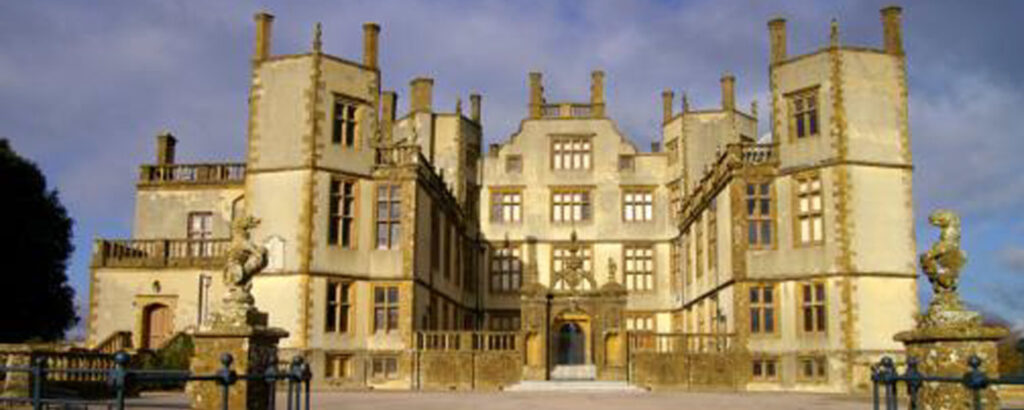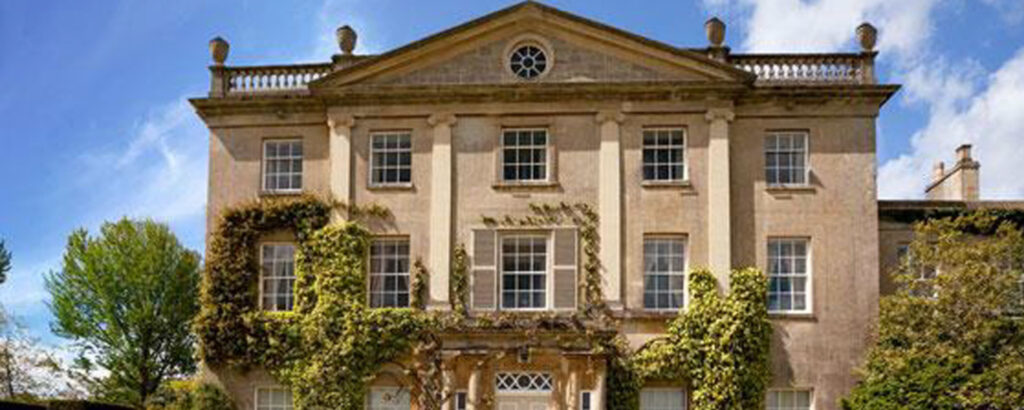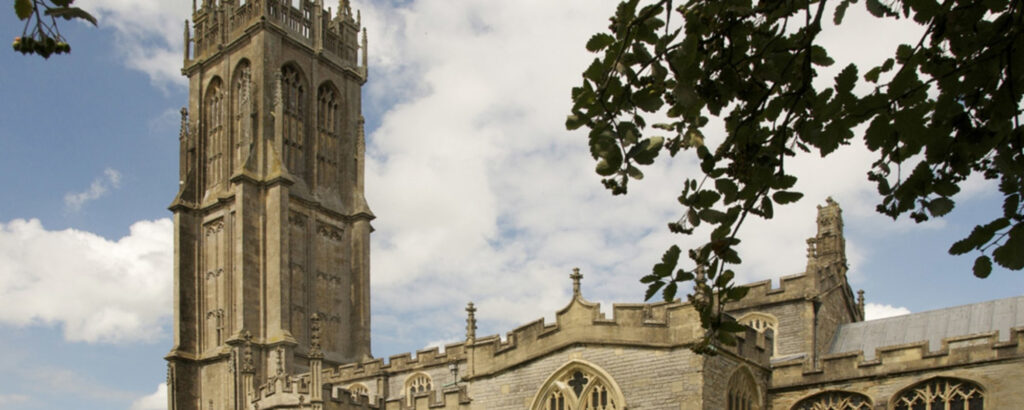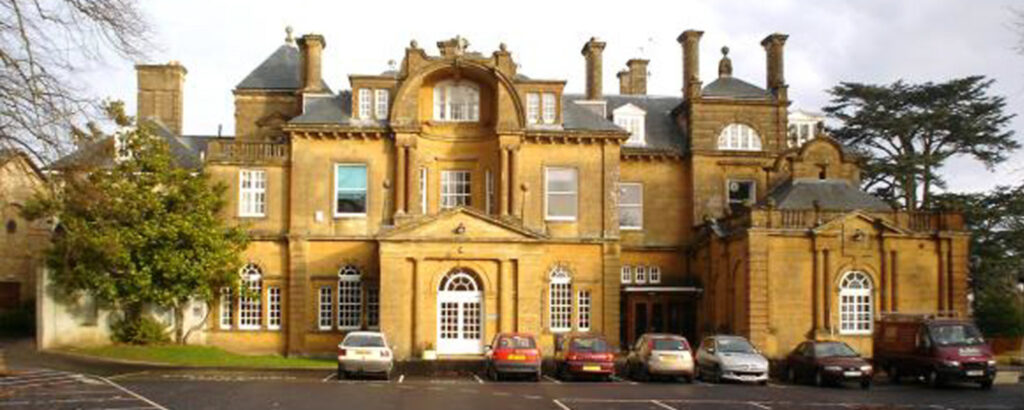Sherborne Abbey, Dorset
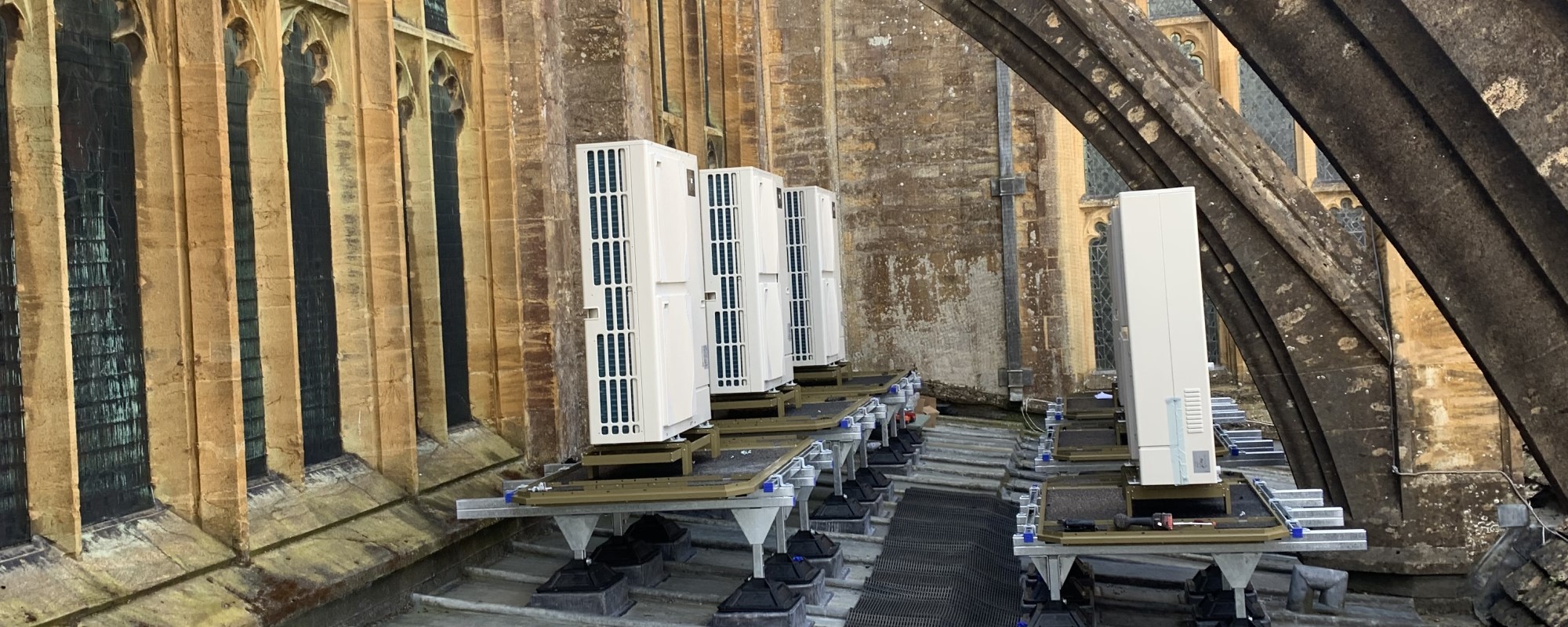
Watertite were invited to tender by Sherborne Abbey’s representative Mr Mike Hayton. Mike was very keen to emphasize the historical importance of the Grade 1 listed Abbey, describing it as a “Jewel of English Heritage” and made it clear from the start that this project had to be treated with the utmost respect & delicacy and that it needed to have the highest standards of workmanship.
The task was to replace the existing gas boiler system with a new system of the same capacity, and to also install a new air source heat pump (ASHP) array on the North Quire Aisle roof and other limited works in various areas to either disconnect existing, or provide new piping connections.
The ASHP system was sized to provide a proportion of the peak winter heating and to operate for as much of the year as possible.
As a variation to the project, we were able to reconnect and make operational some existing “underfloor” steel LTHW heating coils
that had been abandoned several years prior.
All new services affixed to the building fabric, were fully coordinated with one another, and were subject to review, comment and approval, by the Church Architect, prior to installation, in order to comply with Historic England and Planning Requirements and Consents.
The site was occupied throughout the contract works and all mechanical services had to be retained and kept live in order for the Abbey to continue to be operational.
A simple BMS Control system was designed and installed, and a new weather station mounted on the external elevation of the Boiler Room for weather compensation of LTHW flow/return temperatures.
The Monobloc’ ASHP’s are set up to be controlled in one or more cascades of units to provide a minimum of 84kW heating output at a maximum flow temperature of at least 55ºC.
Individual acoustic enclosures (sympathetically powder coated to closely match the Abbey’s ham stone façade) were installed around each of the ASHP’s to ensure the noise level in any direction from the heat pumps was no more than 30dBA at 15m distance.
Secondary steelwork was required to support all the above, in the form of “Big-Foot” type resilient neoprene pads positioned on new leadwork upstands on the existing lead roof.
Tragically Mike passed away the day after commissioning, but we sincerely hope that the success of the project is deemed to be a fitting legacy for Mike’s family and his fellow members of the Abbey’s congregation, for many years to come.
